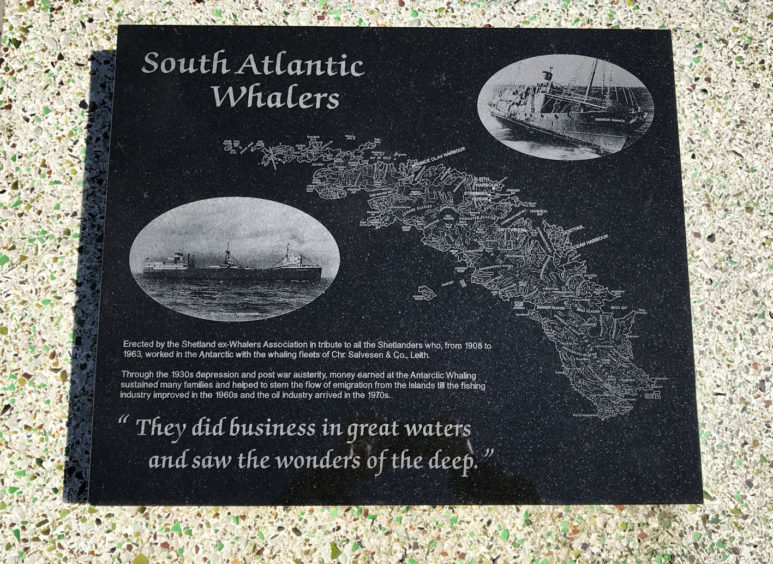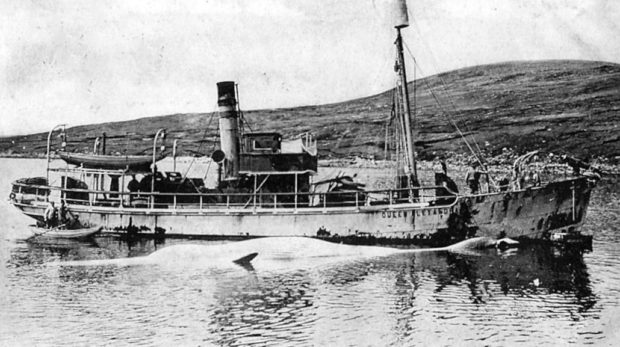Adrian Duncan is an enthusiastic amateur historian and the author of a new book “Shetland and the Greenland Whaling”, which will be published in August.
The main thrust of the work is Shetland’s significant involvement in Arctic whaling during the 18th and 19th centuries.
However, in those days, whaling ships from English and Scottish ports sailed to Shetland to pick up additional crew at Sumburgh and other locations.
The Scottish ports heavily involved in the trade included Aberdeen, Peterhead and Fraserburgh, and these places are mentioned numerous times in Mr Duncan’s book.
One of the more famous people who signed up was a young Arthur Conan Doyle, long before he had created Sherlock Holmes.
It was in February, 1880 when the 20-year-old medical student with an insatiable desire for new challenges, decided to embark on a whaling expedition to the Arctic.
Doyle later admitted he had no idea what he was letting himself for when he was employed as a ship’s surgeon by John Gray, the captain of the Peterhead-based vessel “Hope”.
But he soon discovered the risks and regularly flirted with death once the vessel had left north-east Scotland and sailed into the great blue yonder.

His job involved tending to the bruises and injuries sustained by the crew – a significant contingent of whom came from Shetland – but Doyle was also required to join the sailors’ efforts at whaling.
He kept a diary of his experiences and some of the entries highlight his travails.
On April 4, for instance, he wrote: “Working all day. I fell into the Arctic Ocean three times, but luckily, somebody was there to pull me out in time.
“The danger is that with such a heavy swell on the ocean, you may be cut in two by pieces of ice coming together.”
Just a few days later, on April 7, Doyle thought his goose was cooked.
He said: “I tried to get on the ice and I was swinging down onto it by means of a rope. But suddenly, the ship gave a turn of her propeller and I went into the sea with minus 28 degrees of ice on it.
“It was freezing and you couldn’t survive long in these conditions.
“But fortunately, I was hauled out and was carried back on board. It was hard, hard work.”
It was another seven years before Doyle earned immortality by writing “A Study in Scarlet” and bringing Holmes into the public gaze.
